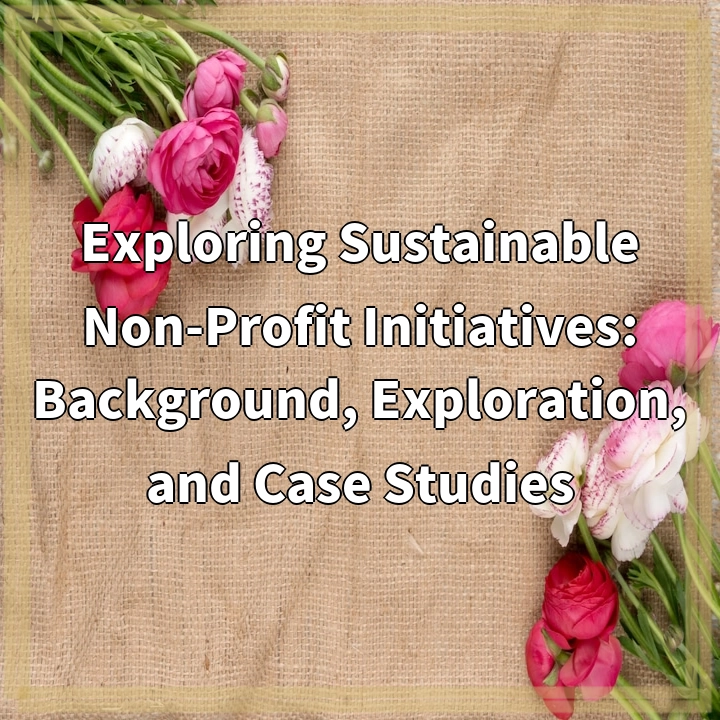
What is Greenwashing?
Greenwashing, a term coined in the 1980s by environmentalist Jay Westerveld, refers to the misleading practice of companies or organizations presenting themselves as environmentally friendly or sustainable, while their actions or products tell a different story. It involves using marketing tactics to create a false perception of their commitment to the environment, often diverting attention from harmful practices.
Exploring the Topic: The Dark Side of Greenwashing
Greenwashing has become increasingly prevalent in today’s society, as eco-consciousness gains more attention. While genuine sustainability initiatives are crucial for combating environmental challenges, the manipulation of green messages for profit or reputation purposes undermines these efforts. Some examples of greenwashing include:
1. Vague or Misleading Labels
Companies may make broad claims or use ambiguous terms like “natural” or “eco-friendly” without providing specific evidence or certifications to support their claims. This lack of transparency creates confusion and makes it difficult for consumers to make informed choices.
2. Lack of Verification
Greenwashing often relies on companies making unsubstantiated claims, without any third-party verification or certification. Without credible evidence, it becomes challenging to differentiate genuine sustainable practices from deceptive marketing strategies.
3. Tokenism
Some companies may engage in token environmental gestures or small-scale initiatives, such as planting a few trees or sponsoring a single environmental campaign. While these efforts may appear commendable, they often serve as distractions from more significant environmental impact or fail to address core issues within the company’s operations.
4. Diversion from Core Environmental Issues
Greenwashing can divert attention and resources away from critical environmental concerns. By focusing on insignificant or irrelevant green initiatives, companies may overlook or neglect larger environmental issues, such as resource depletion, pollution, or biodiversity loss.
Real-World Problems Associated with Greenwashing
Greenwashing poses several significant problems that affect both consumers and the environment:
1. Consumer Deception
Greenwashing misleads consumers, making it difficult for them to make informed decisions. They may unknowingly support companies that engage in harmful environmental practices, believing they are making sustainable choices.
2. Undermining Genuine Eco-friendly Companies
Greenwashing can overshadow and undermine the efforts of companies genuinely committed to sustainability. When consumers are sceptical of green claims due to instances of greenwashing, it becomes harder for trustworthy businesses to gain recognition and support.
3. Stifling Progress towards a Sustainable Future
By creating a false perception of sustainability, greenwashing can erode public trust and dampen enthusiasm for genuine environmental efforts. It diverts resources and attention from real solutions and hinders progress towards a more sustainable future.
In Conclusion
Understanding the concept of greenwashing and its real-world problems is crucial for consumers, businesses, and policymakers alike. By actively seeking out transparency and looking beyond green marketing claims, we can make more informed decisions and support companies and organizations driving genuine change.

Solutions to Greenwashing
Addressing the issue of greenwashing requires collective efforts from consumers, businesses, and regulatory bodies. Here are some potential solutions to combat greenwashing:
1. Improved Regulations and Enforcement
Regulatory bodies must establish stringent guidelines and standards for environmental claims made by companies. Increased enforcement and penalties for misleading or false green marketing can act as a deterrent and protect consumers.
2. Third-Party Certification and Verification
Encouraging companies to obtain third-party certifications, such as eco-labels or sustainability certifications, can help validate their environmental claims. These certifications provide assurance to consumers and promote transparency in green business practices.
3. Education and Consumer Awareness
Empowering consumers with knowledge about greenwashing and the tools to identify deceptive marketing practices is essential. Educating individuals about environmental issues, sustainability labels, and the importance of scrutinizing claims can enable them to make informed choices.
4. Transparent Reporting and Communication
Companies should provide clear and transparent information regarding their sustainability initiatives, including goals, progress, and challenges. Open and authentic communication builds trust and credibility, enabling consumers to differentiate between genuine efforts and greenwashing tactics.
5. Independent Auditing and Reporting
Independent audits and reporting can help verify the accuracy and reliability of companies’ environmental claims. Engaging external experts or organizations to conduct audits and publish reports on companies’ sustainability performance can enhance accountability.
6. Supporting Transparent and Ethical Companies
Consumers can play a crucial role by supporting companies that demonstrate genuine commitment to sustainability. Researching brands, looking for evidence-backed claims, and choosing products and services from ethical and transparent companies can drive market demand for authentic sustainability efforts.
Conclusion
Combating greenwashing requires a multi-faceted approach involving regulations, consumer awareness, and responsible business practices. By implementing these solutions, we can promote genuine environmental stewardship and ensure that businesses uphold their claims of sustainability.















